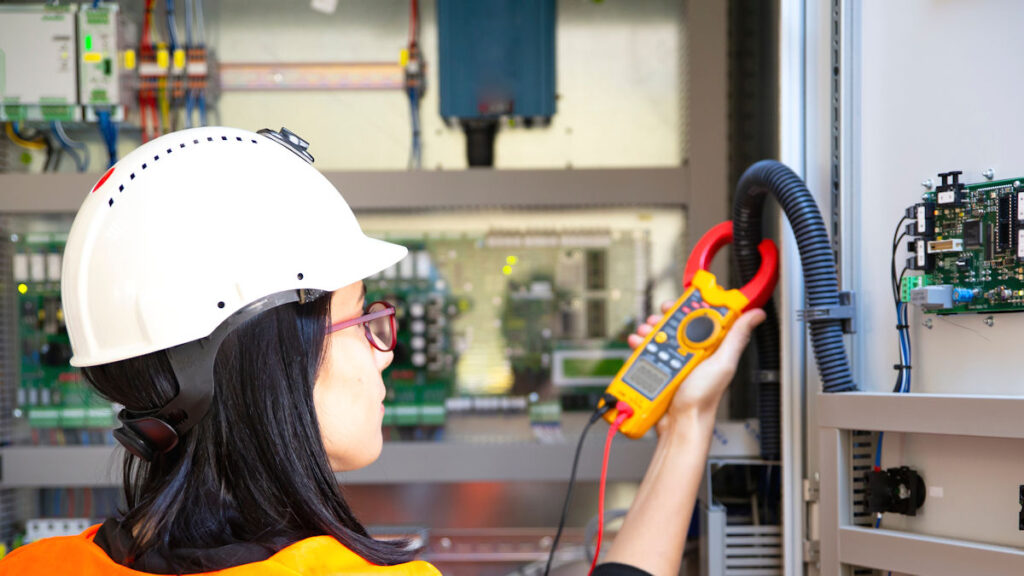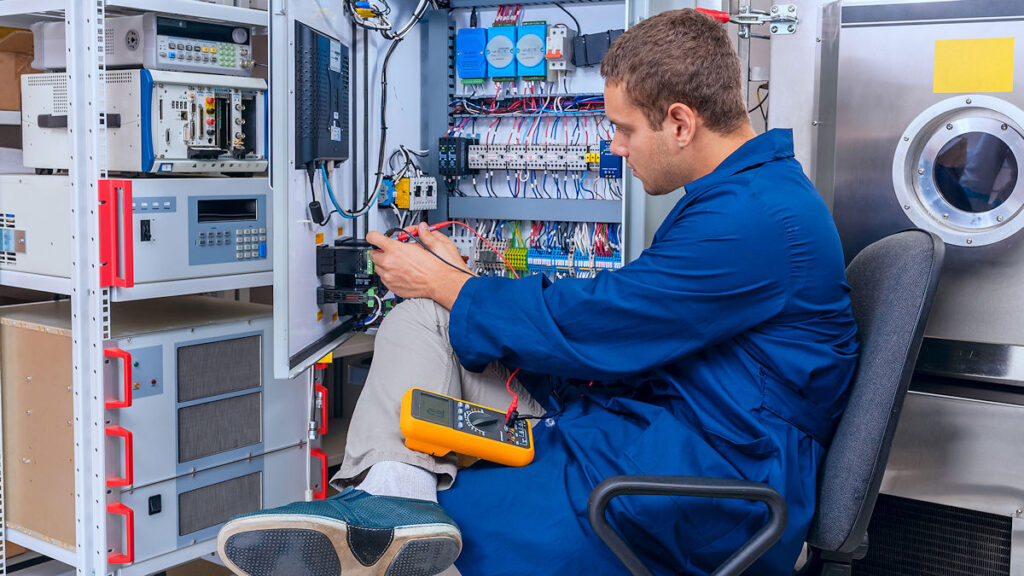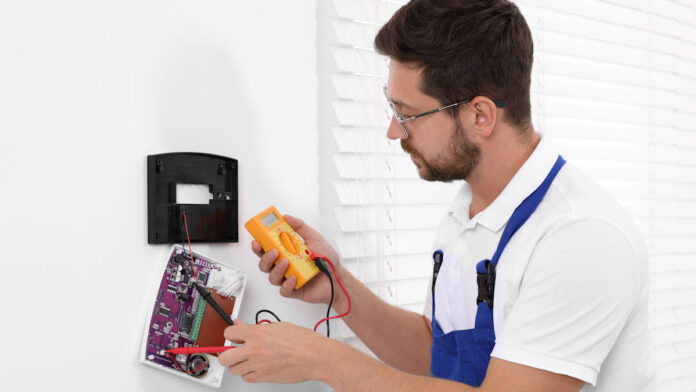Be Systematic About Troubleshooting Complex Systems.
Be Systematic About Troubleshooting – It pays to be systematic when you’re troubleshooting complex security systems, especially if you can’t afford to break the loop.
Talking about measuring voltage across sensor terminations is all very well when discussing troubleshooting alarm systems, but it’s a whole other thing when your system combines access control, alarms, automation, lift control, REX and all the rest of it.
Many large legacy security systems might daisy chain between levels and even pass between buildings. Worse still, the issue might be intermittent. That makes it harder to find the the issue, but makes the issue even more frustrating for your client. Trying to get an accurate handle on what’s happening and why in such circumstances can be very difficult.
In such applications it pays to be systematic. It may take the efforts of a team’s most experienced and most rigorous technician to unpick issues relating to voltage drop across non-compliant cables or aged terminations, or to discover issues with the security system emanating from adjacent circuits.

When you’re troubleshooting a device you check the device, then the loop, then panel or relay terminations, power supply and fuses – do it twice – before considering further exploration of the controller.
But if entire branches of a system go offline for vague reasons, the challenges are much greater and will require techs break part of a system into portions to narrow down potential sources of trouble. This sounds easy enough but it won’t be if the system is live.
In some cases there might be a controller issue but in other cases it may be the collective resistance of a significant piece of cable infrastructure with no single piece being the cause and the only real fix being re-cabling. There may also be issues with shorts or ground loops.
Then there are things you might not immediately think of, such as the addition of one extra device adding slightly more draw that pushes a controller component or inline breaker past specifications that were fine 20 years ago but now cause the system to behave in unexpected ways.
Be Systematic About Troubleshooting Complex Systems
It’s tempting to call the manufacturer 5 minutes in, but with older systems that may no longer be possible, and it’s always better to understand an issue yourself. Try to establish and record the scope of the problem fully examing the nature of the trouble as well as your measurements.
Try to replicate the problem. And try removing pieces of the security system to see if the issue is resolved by doing so. Such components might include a group of controllers, or 1 controller and all its devices, depending on what you’re up against.
You might also swap out things like a switch or a power supply, or even a controller, as part of the troubleshooting process. And again, this is going to be much more difficult if the system is live.
If you’re stumped, get the brains trust together. Some one who is across the install, someone who knows firmware, some one who knows this solution extremely well. Keep an open mind about the problem and rely on the data, rather than guesswork. There are times the issue with a security system will be an adjacent component integral to the circuit yet tucked away to one side or installed behind everything else.
You can read more about troubleshooting control systems without breaking the loop here or see more SEN news here.
“Be Systematic About Troubleshooting Complex Systems.”








